Earlier this month, Nippon TV aired this segment about Kyoto-based ramen/Chinese food chain Gyoza no Ohsho’s somewhat, um, intense training program for new recruits. Take a look:
This is part 1. Watch parts 2 and 3 on Youtube.
As you can see in the video, the trainers act like drill sergeants, berating the new employees as they memorize and recite company rules, receive intensive training in Japanese-style customer service basics (scream a lot, always smile), and make sure their uniforms are on right. They even have a specially designed calisthenics routine, to “check whether they can do even simple work with their full effort.” At the end, each trainee must step forward to announce their “ambitions” i.e. what they hope to accomplish as Ohsho employees. If they pass, they all seem to break down crying, at which point the trainer comes up and embrace them.
The scene recalls either a Christian revival meeting, a self-help seminar, or perhaps a Marxist self-criticism session.
It’s kind of shocking to watch, but it’s not the first time I’ve seen this style of training on a Japanese documentary. About a year ago, NHK did a feature on the Tokyo University cheer squad where the senior members broke down the new recruits psychologically just like this.
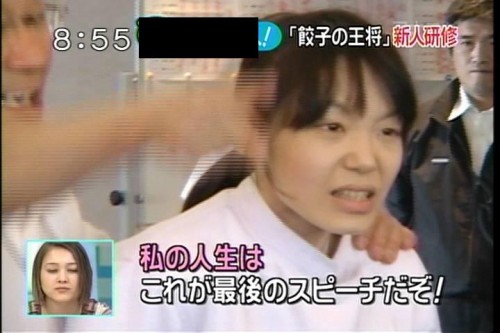
Going viral
Since then, the segment has gone viral on the Japanese web, with the majority recoiling in horror. A minority (my estimate) took the stance that this sort of thing is normal in grown-up society, while others thought this might be the secret to the company’s recent success. (notably, one of the faces in the studio watching the segment was Miki Watanabe, CEO of Watami, an izakaya chain that’s been a similar success story to Ohsho. He said his company does not do that kind of training because that’s not Watami’s “corporate culture”)
One reason the video caught on may be because this is the time when many university students receive job offers after their year-long search for work post-graduation. Most big Japanese companies and many small ones hire groups of new college graduates all at once, with the intention of treating them as lifetime employees. Though Ohsho seems to hire many from the pool of non-college grads, the theme is no doubt resonant at this time.
It’s an enormously important time in a college student’s life, especially in the current bad job environment, because failure to land a decent job can doom one to a lifetime of “non-regular” employment with fewer pay/benefits and less security, or a full-time job at a “black” company with terrible labor practices.
The job market for students who did not finish a four-year university is even worse, but while beggars can’t be choosers, I am sure many would think twice about signing up with Ohsho after seeing this segment.
Ohsho’s response
Perhaps sensing some potential reputation damage, Ohsho has posted a response on its website. But instead of the usual corporate gobbledygook, someone put the time and thought behind an impassioned defense that starts with a challenging question – a career running a restaurant is not a popular choice among today’s youth, so why on earth would a restaurant chain choose to use such a strict training regime?
First and foremost, they explain, Ohsho’s mission is to open Chinese restaurants nationwide that can become deeply entrenched in the culture of each local area. To that end, they do things a little differently from most chains. As any regular Ohsho customer will know (Roy and I are fans), each store has a slightly different menu, and until a few years ago they even allowed some franchise owners to decorate the stores how they wanted.
So to fulfill that mission, they need employees and potential franchise owners that will hone their cooking skills, use their creativity, host events, and otherwise proactively promote their stores as local destinations. None of this is possible unless the employees “find satisfaction and their own reason for existence” in the job.
The thing is, today’s young people have grown up in an era of personal freedom, the letter says. They’ve never been scolded at school or at home. So the first thing Ohsho needs to teach new recruits is that to succeed at Ohsho, acting self-centered in the name of personal freedom just won’t be tolerated. In order to truly shine as an individual, first one must master the basic rules. The point of memorizing the company rules, they say, is to teach what it means to work as a member of society and the importance of rules, consideration, proper etiquette, and teamwork.
Essentially, they argue, Japanese young people today are missing three things: they don’t sweat, they don’t cry, and they don’t understand gratitude. The Ohsho training is intended to fix that, especially the last one. That’s why they do the boot camp.
Are you convinced?
(Hat-tip – J-Cast News)

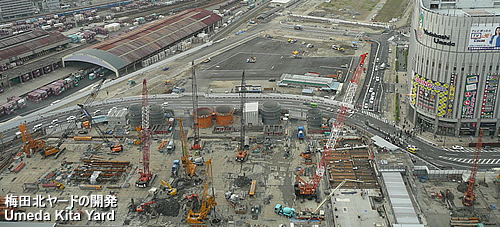

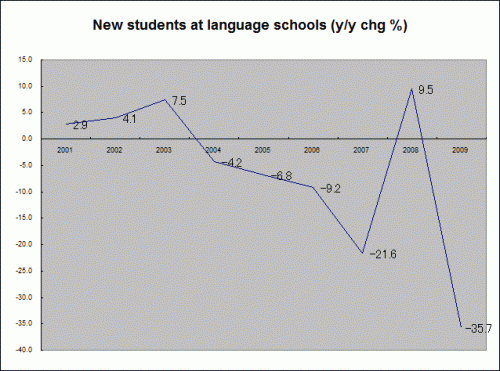
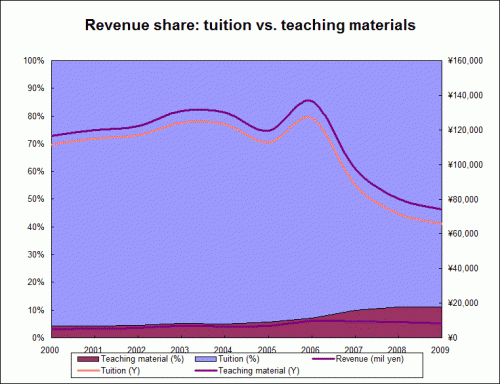
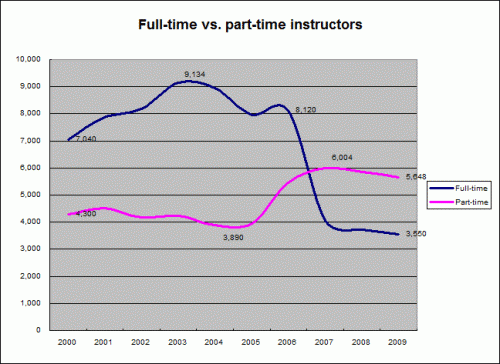
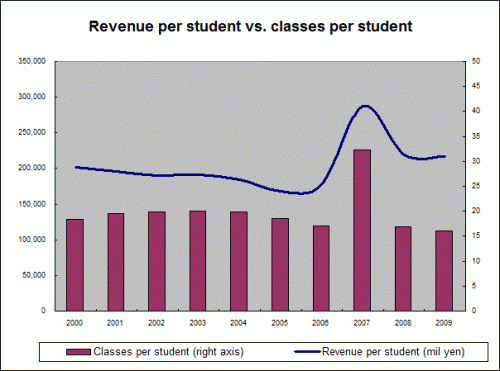
 “cultural” export? His answer is yes, and describes how, in treating symptoms that are believed in American culture to be “mental sickness,” we replace some symptoms that are in fact cultural characteristics in other societies. He ends up spending much of his six minutes on the Daily Show interview talking about Japan and criticizing the American “export” of mental health treatment to Japan. He says:
“cultural” export? His answer is yes, and describes how, in treating symptoms that are believed in American culture to be “mental sickness,” we replace some symptoms that are in fact cultural characteristics in other societies. He ends up spending much of his six minutes on the Daily Show interview talking about Japan and criticizing the American “export” of mental health treatment to Japan. He says: